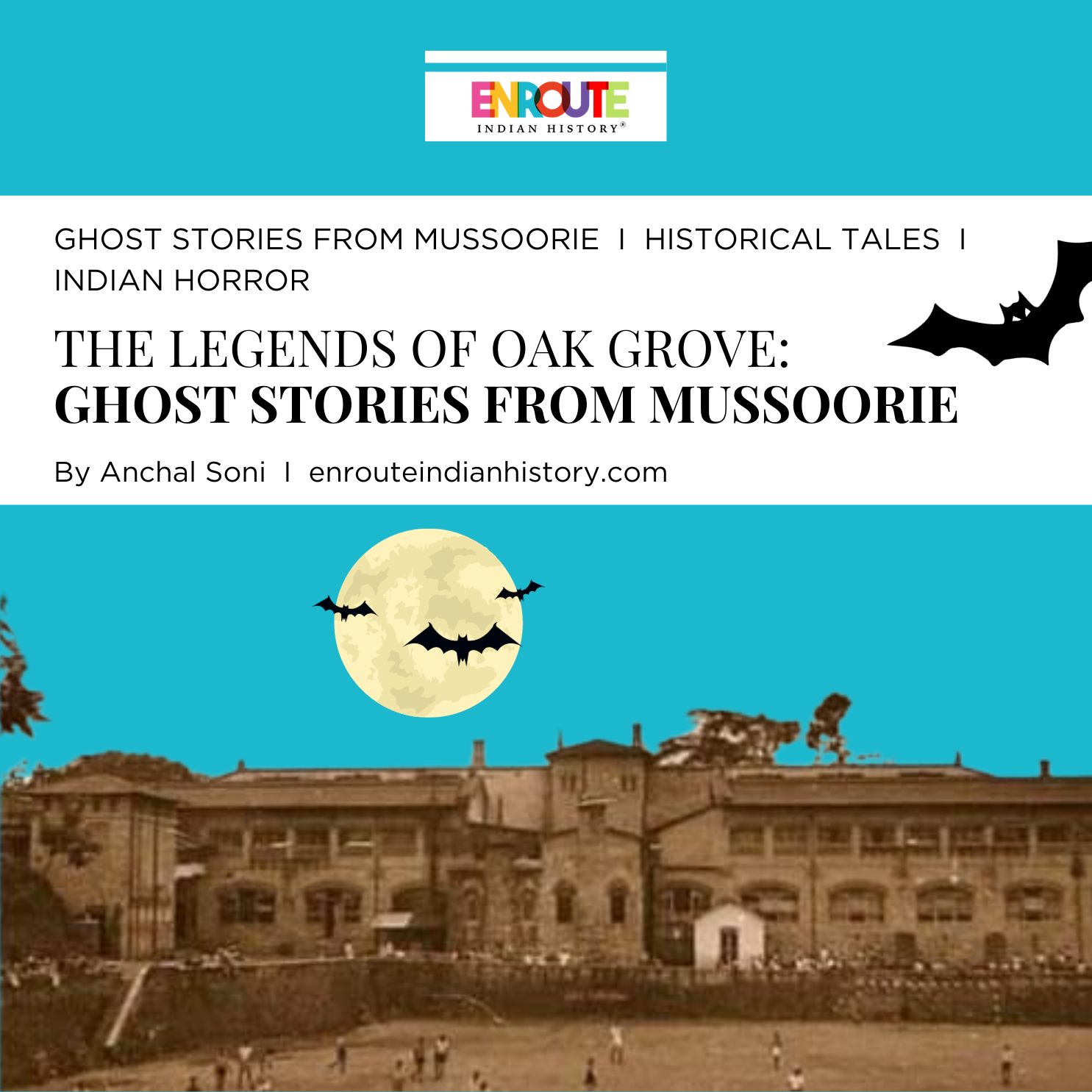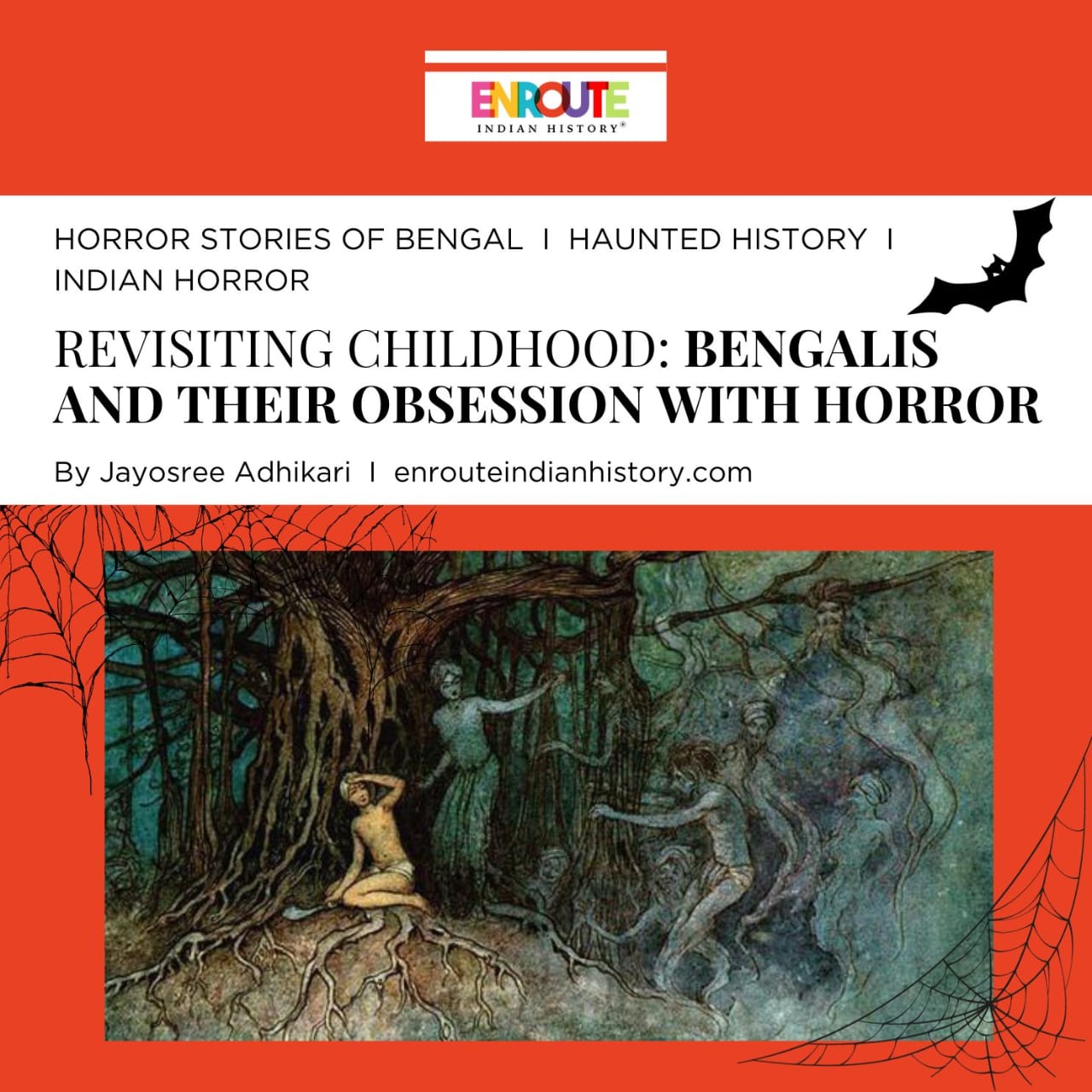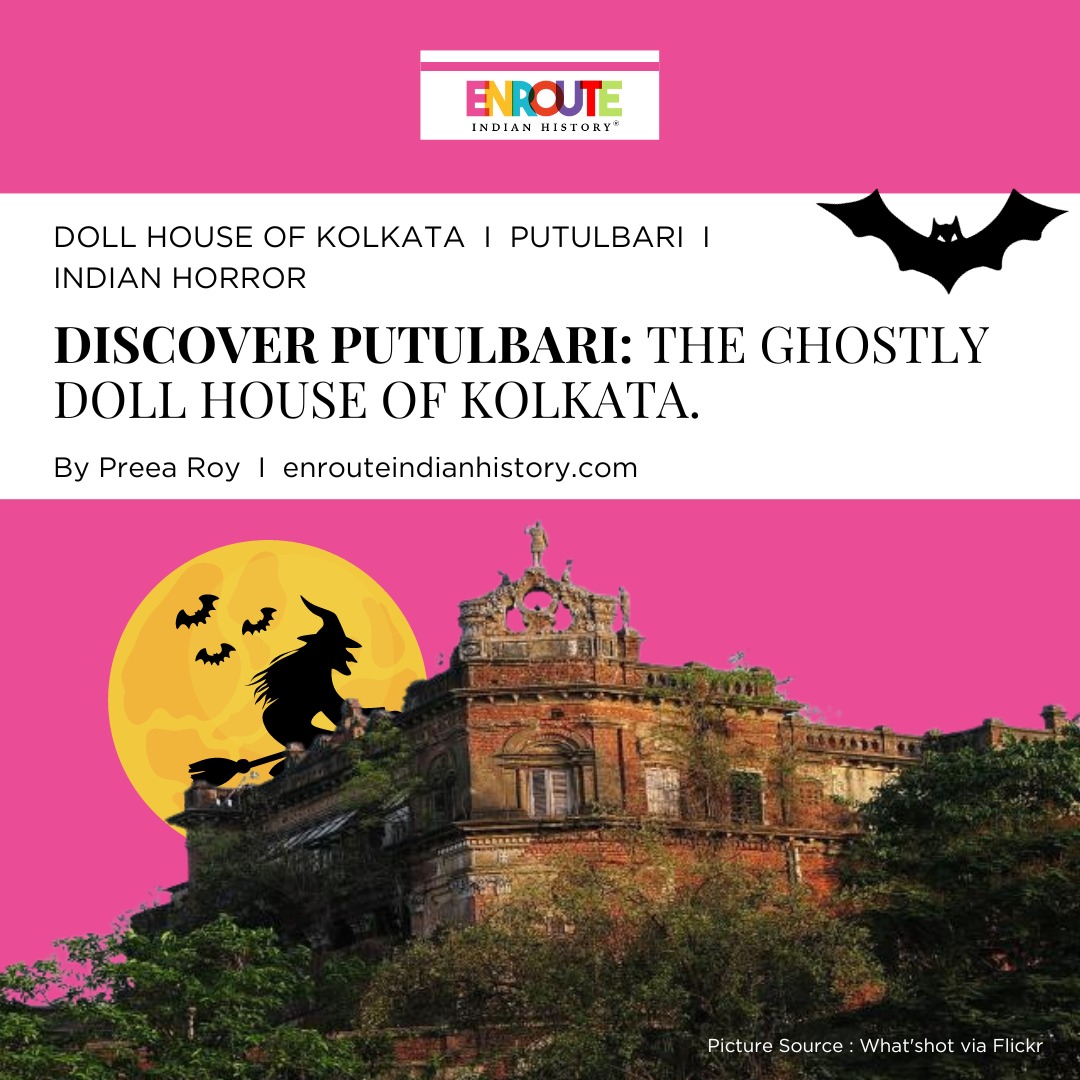
People have always been drawn to haunted locations by their rich histories and interesting backstories. These mysterious and folkloric places are popular with people seeking the otherworldly. Ghost stories and supernatural experiences have drawn naïve travelers and boosted tourism in these haunted regions. Ancient haunting locations have a special charm. Ghost tales flourish in ancient mansions, castles, and hospitals because they hold the past. The mix of interesting history and paranormal activity attracts thrill-seekers. Haunted locations’ appeal Places connected with tragedy can evoke terror. Ghost stories in Delhi suggest unrequited love. But certain locales grab us with terrifying murder, suicide, and retribution tales. These eerie tales add to the supernatural’s mystery. Delhi’s haunting locations prove its nickname, the City of Djins. Stories of haunted locations are powerful. Local stories, urban myths, and historical truths weave a captivating story. Generations-old legends add to the mystery of these haunting locales.
Haunted places have long captivated the imagination of people, drawing them in with their rich historical backgrounds and intriguing backstories. These locations, often steeped in mystery and folklore, have become prime destinations for those seeking a touch with the supernatural. The allure of ghostly tales and unearthly encounters has not only attracted gullible visitors but also provided a significant boost to tourism in these haunted hotspots. Historical sites with a reputation for being haunted possess a unique appeal. Whether it’s an old mansion, a dilapidated castle, or an abandoned hospital, these places carry the weight of the past, making them fertile ground for ghost stories to take root. The combination of compelling history and the potential for paranormal activity creates an irresistible draw for those seeking a thrill. The allure of haunted places often becomes associated with tragedy, creating a sense of horror that lingers in their existence. In various locations around Delhi, tales of ghosts often evoke feelings of unrequited love. However, some places captivate us with chilling stories of murder, suicide, and revenge. These haunting narratives add an extra layer of intrigue to the already mysterious realm of the supernatural. Delhi, often referred to as the city of Djinns, validates this term by featuring a notable collection of haunted sites. The power of storytelling cannot be underestimated when it comes to these haunted places. Local legends and urban myths intertwine with historical facts, creating a tapestry of tales that capture the imagination. These stories are often passed down through generations, further fueling the intrigue surrounding these haunted sites.
Historical Haunted Places in Delhi
The city of Delhi has a rich and chaotic history, marked by the rise and fall of numerous dynasties and empires, each vying for control and power. Over the centuries, Delhi has been a witness to countless battles and conflicts, with bloodshed becoming an integral part of its narrative. The background of this place is not only marked by accessions but also by violent vengeance. Delhi, the capital city of India, boasts an oral tradition filled with tales of battles, destruction, and massacres. Its structures have stood over time, bearing witness to the city’s tumultuous past. Each site in Delhi carries a unique story, adding to the allure and intrigue of this ancient city.

People doing Dargah rituals in Firoz Shah Kotla ( photos by Sara Kuehn)
Feroz Shah Kotla Fort, a historical landmark situated in the heart of Delhi, stands as a testament to the architectural prowess of Sultan Feroz Shah Tughlaq. Constructed in the year 1354, during his reign from 1351 to 1384, this magnificent fort occupies a strategic position between Old and New Delhi. it is recorded that the Mughal dynasty constructed a magnificent fort as they made the momentous decision to relocate their capital from Tughlakabad to Firozabad, driven by the growing problem of water scarcity in the former region the fort was constructed adjacent to the Yamuna River. The complex has gained recognition as a renowned jinn dargah, offering visitors a variety of attractions. These include vast gardens, a fortified citadel, and a pillar adorned with Emperor Ashoka’s edicts from the third century BCE. Additionally, there is a stepwell and a functioning mosque that sits atop a labyrinth of mysterious underground passages, leading to cave-like chambers. In these dimly lit rooms, shrouded in smoke, an unsettling ambiance pervades. At the far end, a niche emerges, its surface covered in a layer of dense black sludge, remnants of burnt candles and incense. The presence of bats hanging from the ceiling contributes to the overall eerie atmosphere. In the complex, the primary dwellers are the jinn saints, and these chambers across the complex are believed to be occupied by different resident jinn. The belief in the unseen world and supernatural powers has long been an integral part of Islam. However, it was not until the late 1970s that this belief was reestablished at Feroz Shah Kotla. The Feroz Shah Kotla dargah attracts a diverse range of visitors, who seek more than just social, economic, physical, and psychological fulfillment. In moments of personal crisis, individuals often turn to the jinn for Shifa, seeking their assistance through prayer and ritual supplication. This sacred site is renowned for its ability to provide spiritual healing to those who come seeking refuge. The trend of manat has experienced a significant rise in popularity among individuals seeking to have their wishes fulfilled. In addition to its other offerings, this location is also known for hosting exorcisms, where individuals who are thought to be afflicted by malevolent spirits seek relief.
 (Photo by Curly Tales)Graves of Jamali Kamali
(Photo by Curly Tales)Graves of Jamali Kamali
The Jamali Kamali Mosque, also known as the Jamali Kamali Tomb and Mosque, is an aesthetically pleasing architectural complex that was built in the 16th century during the reign of Sikandar Lodi. Jamali, also known as Shaikh Fazlullah or Jalal Khan, was an esteemed Sufi Saint who lived throughout the reigns of the Lodi and Mughal emperors. The individual in question served as the court poet for Sikander Lodi and maintained his position of favor throughout the Mughal courts of Babur and Humayun, with whom he also developed a close friendship. Jamali’s poetry has characteristics that align with the Persian Mysticism tradition and is included inside the Guru Granth Sahib, drawing upon the etymology of his name, derived from ‘Jamal’ meaning ‘beautiful’ in Urdu. The term “Kamali” in the Urdu language is believed to signify the concept of a “miracle”. While significant information exists about Jamali’s identification, the historical records do not provide any evidence regarding the name of Kamali. There are varying interpretations of the relationship between the individuals associated with the tomb. Certain perspectives see them as a married couple, considering the tomb as a symbol of gay love. Conversely, other viewpoints perceive them as a saint and disciple. Another legend holds that there are two spirits or djinns that haunt the area. Many witnesses have reported hearing voices and footsteps while no one else is around. Certain individuals have publicly attested to seeing the presence of mysterious figures inside the tomb. As a result of these occurrences, there is a prevailing belief that the complex is inhabited by supernatural entities.
The Bhuli Bhatiyari ka Mahal, now in a state of dilapidation, was constructed during the 14th century by Feroz Shah Tughlaq. The site was originally designated as a hunting lodge, resulting in its current location being surrounded by a densely wooded area. The edifice in question is accompanied by two tales, both of which were documented by Sir Syed Ahmed Khan in his literary work titled Asar-us-Sanadid. The first involves a Sufi saint whose name was accidentally misspelled in the palace’s name: Bu Ali Bhatti. The location is named after a basic and forgetful innkeeper, according to the second story that Sir Syed Ahmed recalls. The Mahal in question has been associated with paranormal phenomena and is said to be inhabited by a female apparition. Numerous stories substantiate this belief, with one narrative recounting the hardships of a woman called Bhoori who hails from the Bhatiyar tribe. She inadvertently wandered into the jungle and found herself marooned inside an uninhabited fortress. According to an alternative narrative, Feroz Shah is said to have incarcerated one of his queens due to allegations of disloyalty towards him. It has been said that she died inside the confines of the palace; however, no substantiating proof about the discovery of her physical remains has been procured. As vengeance, she supposedly haunts the royal residence. The mysterious nature of the monument’s alleged haunting is further complicated by its present condition and the crimes associated with it. There are always ongoing rumors of people getting mugged here. Apart from being pulled down, the Palace also contains a tiny lake that is coated with slime and moss.
The Agrasen ki Baoli is a historical structure that is under the protection of the Archaeological Survey of India. The available historical sources about the builder of this structure are few; nonetheless, it is widely believed that the structure was constructed by the renowned ruler Agrasen, and subsequently reconstructed by the Agrawal community during the 14th century. According to popular belief, the captivating black water of the Baoli is said to disrupt an individual’s cognitive and affective thinking patterns, perhaps resulting in self-inflicted harm. Since the depth of the water is less than 5 feet, it seems unlikely that somebody could drown here. Upon first observation, this location evokes a disturbing sensation. Presently, Agrasen ki Baoli is devoid of water. Many visitors expressed concerns about being followed even when there is no one present, which arises from the fact that the sound of footsteps echoes when people walk on the steps of the well. Even now, visitors receive an odd vibe here, making this spot frightening.
Modern Haunted Places in Delhi
Sanjay Van is a city forest area close to Vasant Kunj in South Delhi. It’s a birdwatcher’s paradise—a thickly forested forest with plenty of avian inhabitants. In addition to the enigmatic trees and birds, Sanjay Van is also home to a large number of tombs. The remains of Qila Rai Pithora, the first city founded in South Delhi, are around these tombs. There are also majaars, or mausoleums, dedicated to a few Sufi saints. The myth at hand is that some people think these tombs and mausoleums are haunted by ghosts. Many people have reported hearing sounds from the hereafter, such as scratching and clawing, or the scream of a kid! But that’s not even the creepiest tale. There are frequent reports of seeing a lady in the center of the road that passes through the woodland. She may be seen strolling amid the enormous banyan trees close by, or she can be waiting by the road. During the night, she stands by the road and requests a drop for anybody passing through the woodland. The unsettling aspect is that she vanishes completely! A couple of two-wheeler riders had just passed her by! A few others reported seeing her seated in the center of the road, glaring at people.

(Photo by Hindustan Times)
Malcha Mahal, also called Waliyat Mahal, was a hunting lodge built during the Tughlaq period when the Delhi Sultanate was ruled in 1325 CE. Firoz Shah Tughlaq was the builder of it. It is close to New Delhi’s Chanakyapuri district. After Begum Waliyat Mahal of Awadh, who was allegedly granted the palace by the Indian government in May 1985, it became known as Mahal. After that, the family moved into Malcha Mahal. Ali Raza, the son of Nawab Wajid Ali Shah, lived at the palace till 2017. He earned the moniker “Jungle Prince of Delhi,” and was sometimes observed in the thick jungle around Malcha Mahal. He was discovered dead in the palace. The ruins are said to be home to the ghost of Begum Wilayat Mahal, the family matriarch who committed suicide after supposedly eating crushed gems that were in her possession. The place has an eerie vibe to it given its history of witnessing mysterious deaths.
One of the most well-known haunted spots is the Lothian Cemetery in Kashmere Gate. This Christian cemetery opened in 1808 but stopped accepting new graves in the 1960s. These graves belong to the European army that died in the 1857 War of Independence’s first fight. British women and children who died during the cholera pandemic were also buried here. The Archaeological Survey of India is responsible for the conservation of this graveyard. Some affirm a British officer called Nicholas shot himself by gunshot after falling in love with an Indian lady he could not marry. After that, many began to believe that Nicholas still haunted the area. People claim to have seen Nicholas wandering about the cemetery, while others have reported seeing a headless man among the tombstones.Though these spooky tales are often influenced by historical events. It is impossible to overlook the significance of cultural myths and superstitions surrounding these haunted spaces. In India, people tend to associate superstitions with religion and otherworldly forces, making it difficult to debunk these beliefs and stories. Throughout India, various superstitions prevail, ranging from beliefs about black cats crossing one’s path to the significance of certain numbers or dates. These superstitions often find their roots in religious practices and traditions, intertwining with the spiritual fabric of the nation.
References
- “Firoz Shah Kotla – Google Arts and Culture.” Google Arts & Culture, artsandculture.google.com/story/firoz-shah-kotla-indian-national-trust-for-art-and-cultural-heritage/IQVRRevlyR4A8A?hl=en.
- “Jinn Dargah, Firoz Shah Kotla, Delhi — Sara Kuehn.” Sara Kuehn, www.sarakuehn.com/jinn-dargah-firoz-shah-kotla-delhi.
- “A Deep Dive Into History: Agrasen Ki Baoli.” Times of India Blog, 17 Apr. 2023,timesofindia.indiatimes.com/readersblog/the-mystic-explorer/a-deep-dive-into-history-agrasen-ki-baoli-52712.
- Times of India. “The Story of Delhi’s Jamali Kamali Mosque and Why People Think It’s Haunted.” Times of India Travel, timesofindia.indiatimes.com/travel/destinations/the-story-of-delhis-jamali-kamali-mosque-and-why-people-think-its-haunted/articleshow/92963438.cms.
- Srushti. “Ghastly Tale of the Sanjay Van in South Delhi!” https://www.nativeplanet.com, 3 Apr. 2018, www.nativeplanet.com/travel-guide/ghastly-tale-of-the-sanjay-van-003661.html?story=5.
- Malcha Mahal | Department of Archaeology. archaeology.delhi.gov.in/archaeology/malcha-mahal.
- The New Indian Express. “The Headless Ghost of&Nbsp; Lothian Cemetery…” The New Indian Express, 11 Mar. 2021, www.newindianexpress.com/cities/delhi/2021/mar/11/the-headless-ghost-oflothian-cemetery-2274975.html.
- November 2, 2023
- 7 Min Read

























